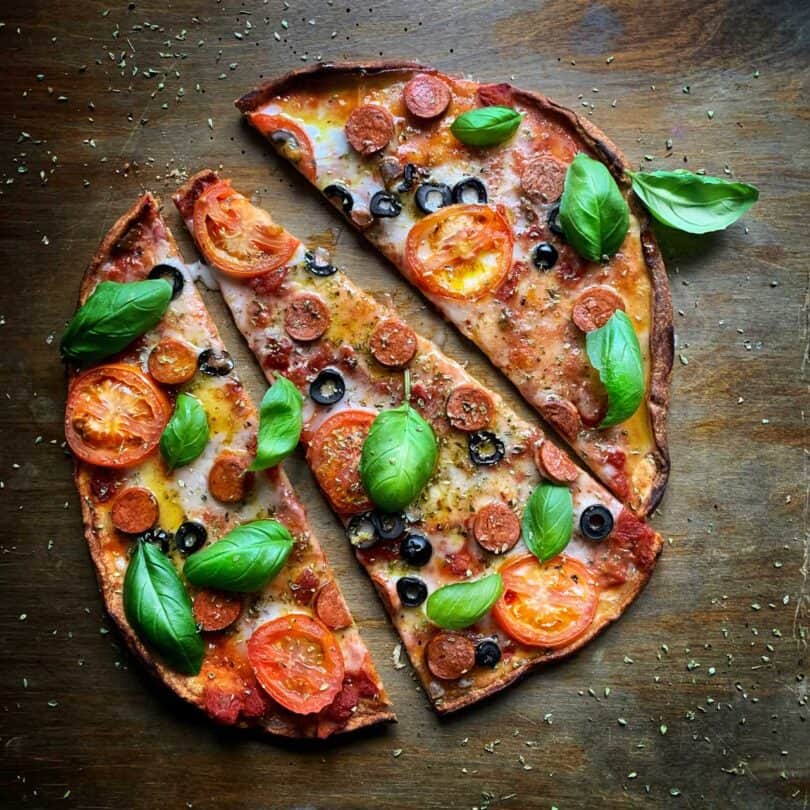When it comes to crafting the perfect authentic Italian thin crust pizza, one must pay homage to the birthplace of this culinary masterpiece: Naples, Italy. Known for its taste and texture, traditional Italian pizzas are renowned for their thin, crispy crusts.
But how does one achieve such perfection? Well, it all starts with the dough. Using a strong flour and mastering the art of resting and shaping, one can create a crust that is thin in the middle, thicker at the edges, and delightfully light.
In this article, we will delve into the secrets of creating the perfect Italian pizza, from the dough to the toppings and everything in between. So grab your apron and get ready to embark on a delicious adventure in pizza crafting.
Key Takeaways
- Authentic Italian pizza is known for its thin crust and traditional toppings.
- The key to a perfect Italian pizza is getting the crust right, with a thin middle and thicker edges.
- Wood-fired ovens or a gas-fired Ooni pizza oven are ideal for cooking authentic Italian pizza.
- Personalized toppings allow for endless possibilities and the opportunity to create unique pizzas.
The History of Authentic Italian Pizza
The history of authentic Italian pizza dates back to its invention in Naples, Italy, where the modern pizza dish originated. Pizza has evolved in Italy over the years, with different regions putting their own spin on the classic dish. However, Naples remains the birthplace of authentic Neapolitan-style pizza.

The influence of Italian immigrants has spread the love for pizza to other countries, where it has become a popular and beloved food. Italian immigrants brought their pizza-making skills and recipes with them, introducing the world to the delicious flavors and textures of authentic Italian pizza.
Today, pizza is enjoyed worldwide, but its roots can be traced back to the streets of Naples and the influence of Italian immigrants.
Mastering the Perfect Thin Crust Dough
To achieve the ideal texture and thickness, one must ensure that the crust is thin in the middle and thicker at the edges when making Italian pizza dough. This creates the perfect balance of crispness and chewiness that is characteristic of authentic Italian thin crust pizzas. There are different types of Italian pizza crusts, including the Neapolitan style, which is thin and slightly charred, and the Roman style, which is thin and crispy. To make the dough, it is recommended to use a strong flour with a high protein content. The dough should be light and not stodgy inside. Resting and shaping the dough properly is also crucial in achieving the desired thin crust. Overall, mastering the perfect thin crust dough requires attention to detail and the right techniques to create a delicious and authentic Italian pizza experience.
| Italian Pizza Crusts | Characteristics |
|---|---|
| Neapolitan | Thin and charred |
| Roman | Thin and crispy |
| Tips to Achieve the Perfect Thin Crust |
|---|
| Use a strong flour with high protein content |
| Rest the dough properly for optimal texture |
| Shape the dough into a thin base with a thicker rim |
| Bake at high temperatures for a crispy crust |
Exploring Pizza Oven Options for Authenticity
Exploring different options for pizza ovens is crucial in achieving an authentic and delicious pizza experience. When it comes to choosing the right pizza oven, there are a few key factors to consider. Here are some tips for achieving the perfect wood-fired flavor:
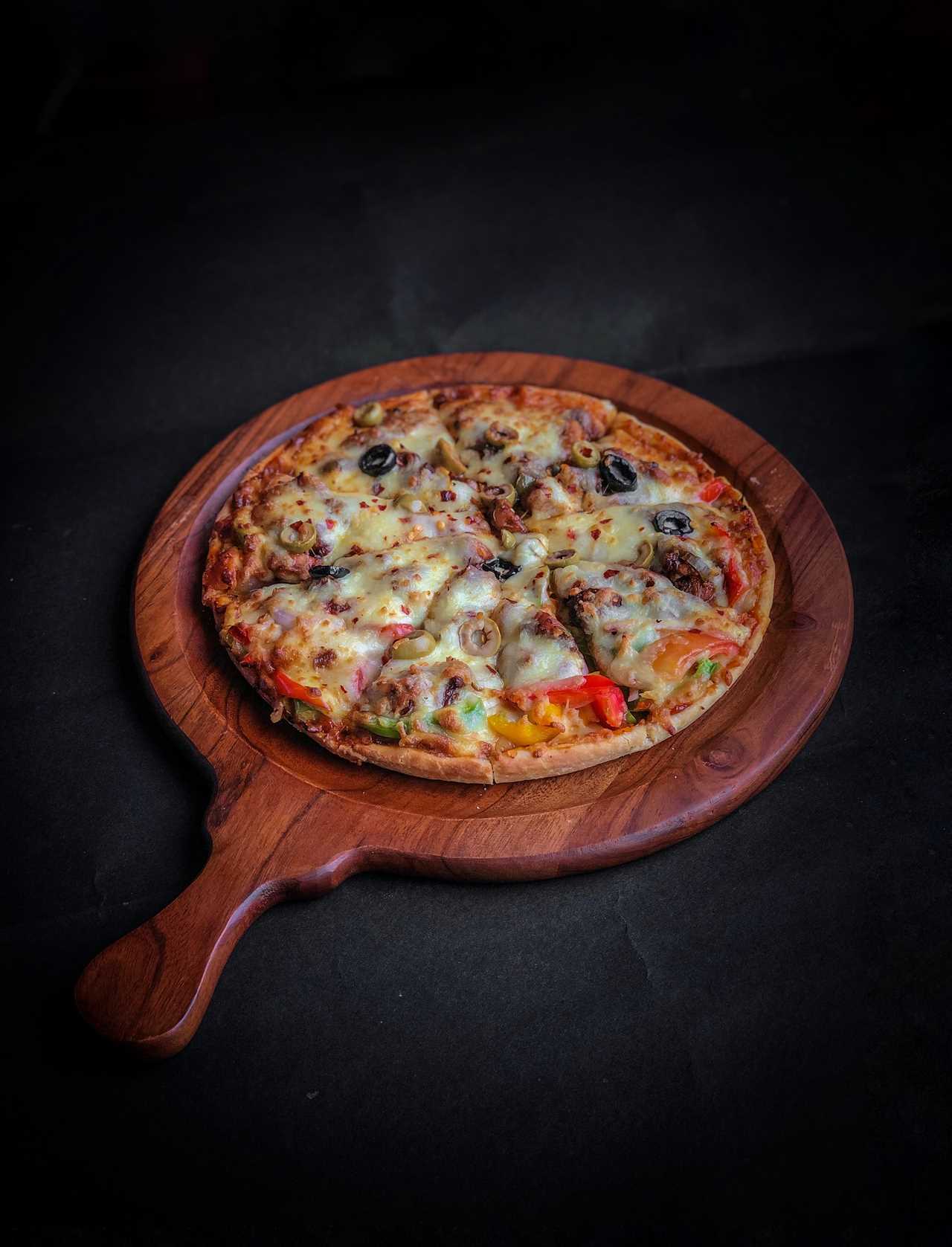
-
Wood-fired ovens: These traditional ovens are the ideal choice for authentic Italian pizza. They provide a smoky flavor and a crispy crust that is hard to replicate with other methods.
-
Gas-fired ovens: If a wood-fired oven is not available, a gas-fired oven like the Ooni pizza oven can be a great alternative. It can reach high temperatures and cook a pizza in just one minute, giving you a similar flavor profile to a wood-fired oven.
-
Fan-assisted oven: If you don’t have access to a specialized pizza oven, using a fan-assisted oven on its maximum temperature can also work. Just make sure to keep an eye on the pizza to prevent burning.
-
Preheating is key: No matter which oven you choose, preheating is important to achieve that perfect wood-fired flavor. It helps to create a hot and even cooking environment, resulting in a crispy and delicious pizza.
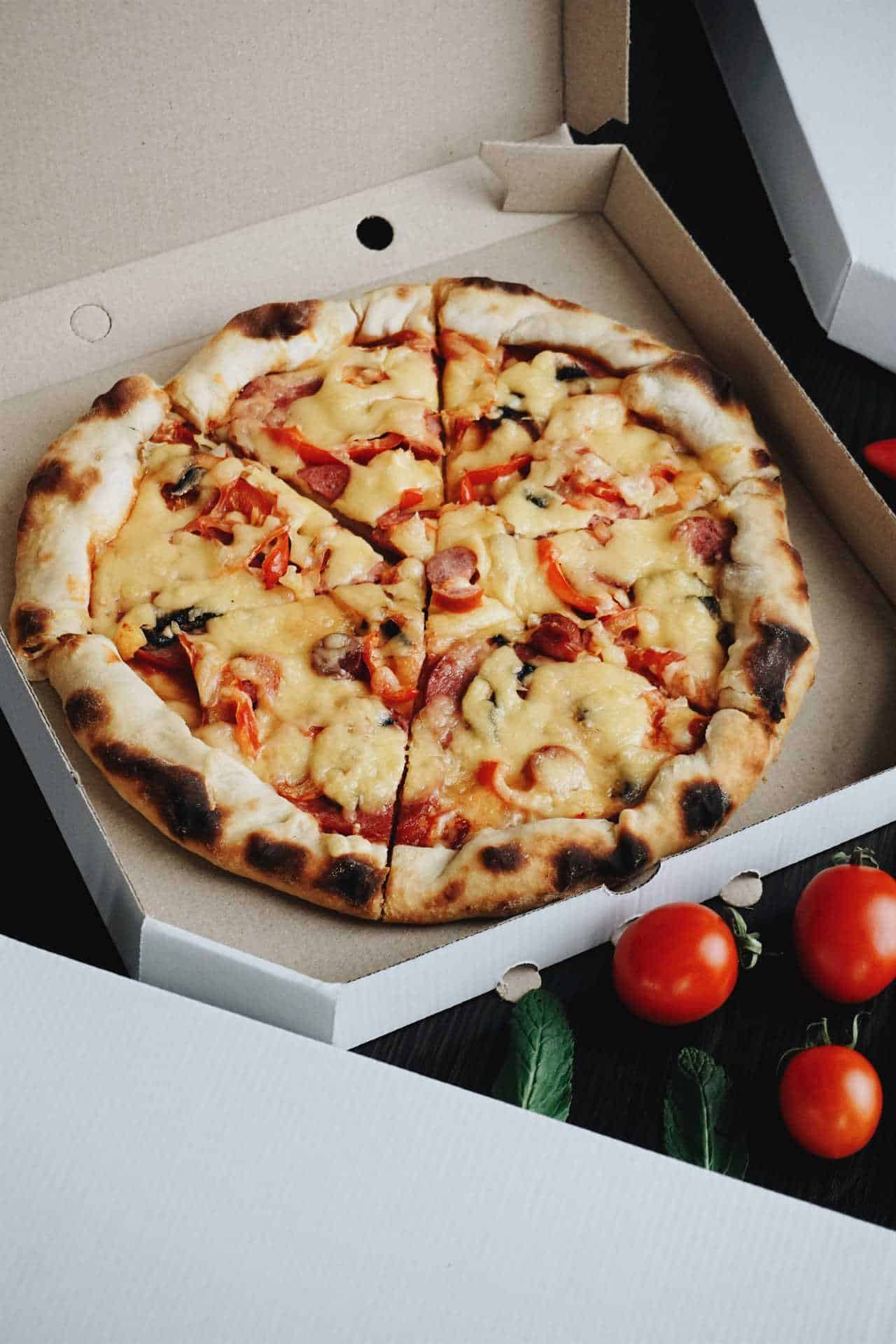
-
Experiment with toppings: While the oven plays a significant role in achieving an authentic flavor, don’t forget to experiment with different toppings. From classic Margherita to personalized combinations, the possibilities are endless for creating your own unique pizza experience.
Traditional Italian Pizza Toppings to Savor
Savoring the traditional flavors of Italy, pizza toppings like Margherita, Neapolitan, Romana, Capricciosa, and Quattro Formaggi offer a variety of delicious options to choose from.
Traditional Italian pizza toppings focus on simplicity and high-quality ingredients, while modern toppings allow for more creativity and personalization.
The key to achieving the perfect pizza crust texture lies in the dough preparation and cooking method. Using a strong flour and allowing the dough to rest and rise properly helps create a thin and crispy crust. Cooking the pizza in a wood-fired or gas-fired oven at high temperatures ensures a quick and even cooking process, resulting in a perfectly cooked crust.
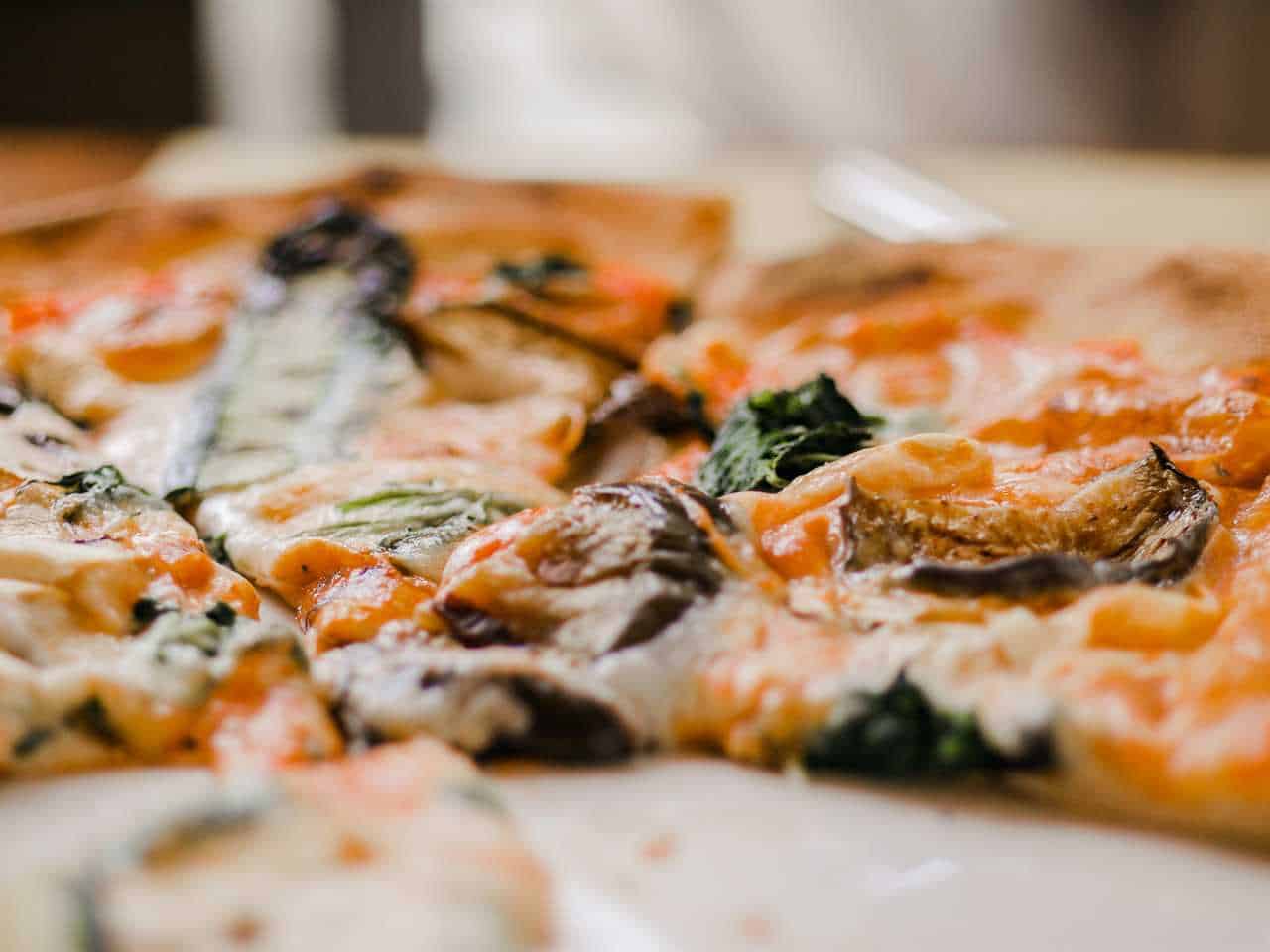
Whether you prefer the classic Margherita or want to experiment with unique combinations, traditional Italian pizza toppings are sure to satisfy your cravings for authentic flavors.
Personalizing Your Pizza With Unique Toppings
Adding unique toppings allows individuals to create their own personalized pizza masterpiece. The possibilities for unique topping combinations are endless, giving people the freedom to experiment and create their own creative pizza presentation.
Here are five ideas to inspire your next pizza creation:
- BBQ Chicken: Tangy barbecue sauce, tender chicken, red onions, and a sprinkle of cilantro.
- Mediterranean Delight: Creamy hummus, roasted red peppers, Kalamata olives, feta cheese, and fresh oregano.
- Hawaiian Twist: Sweet pineapple, smoky bacon, sliced jalapenos, and a drizzle of honey.
- Veggie Lover’s Dream: Roasted seasonal vegetables, goat cheese, sun-dried tomatoes, and a balsamic glaze.
- Breakfast Pizza: Crispy bacon, scrambled eggs, cheddar cheese, and a sprinkle of chives.
Essential Ingredients and Preparation for the Dough
Using a combination of yeast, warm water, flour, salt, and cold water, they create the base for their pizza dough. The importance of yeast in Italian pizza dough cannot be overstated. It is responsible for the rise and texture of the dough, giving it a light and airy feel.
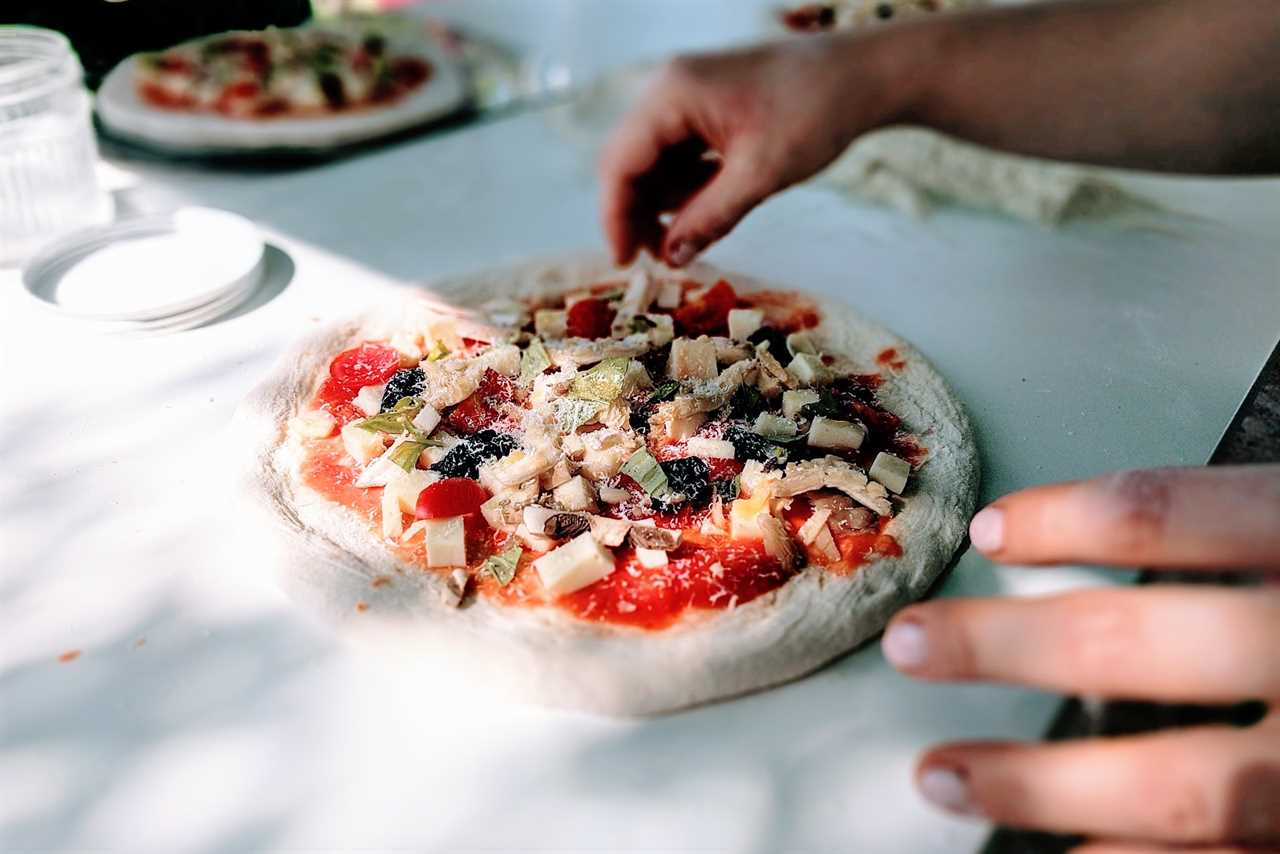
To achieve the perfect thin crust texture, a strong flour with a high protein content is recommended. This helps create a chewy yet crispy crust. After mixing the ingredients, the dough is kneaded until smooth and elastic.
It is then rested and shaped into a thin base with a slightly thicker outside rim. This technique ensures a crispy crust while maintaining a soft center.
Resting and Shaping Techniques for Thin Crust Perfection
Resting the dough in a covered, floured bowl for 30 minutes allows it to relax and develop its elasticity before being shaped into a thin base with a slightly thicker outside rim. This step is crucial for achieving a crispy crust and a perfect thin crust pizza.
Here are some tips for achieving a crispy crust and how to shape a perfect thin crust:

- Use a strong flour (12% protein or more) for the dough.
- Stretch and fold the dough four times to develop gluten.
- Let the dough rest in a banneton or bowl for another 30 minutes.
- Shape the dough into a thin base with a slightly thicker outside rim.
- Preheat the oven or Ooni pizza oven and cook the pizza at the highest temperature until cooked.
Following these tips and techniques will ensure that you create an authentic Italian thin crust pizza with a perfectly crispy crust. Enjoy the freedom of crafting your own delicious pizza at home.
Pizza Preparation and Cooking Methods Unveiled
The key step in preparing a delicious pizza involves spreading tomato passata and olive oil on the dough. This crucial step sets the foundation for a flavorful base that complements the toppings perfectly.
To achieve the perfect crust texture, pizza cooking techniques play a vital role. Whether using a traditional wood-fired oven, a gas-fired Ooni pizza oven, or a fan-assisted oven, it’s important to maintain high temperatures to ensure a crispy yet tender crust. Keeping a close eye on the pizza during cooking is essential to prevent burning.
Additional Tips and Information for Pizza Crafting Success
To achieve a flavorful and satisfying pizza, enthusiasts can experiment with various toppings and combinations. Here are some additional tips and information for crafting the perfect authentic Italian thin crust pizza:
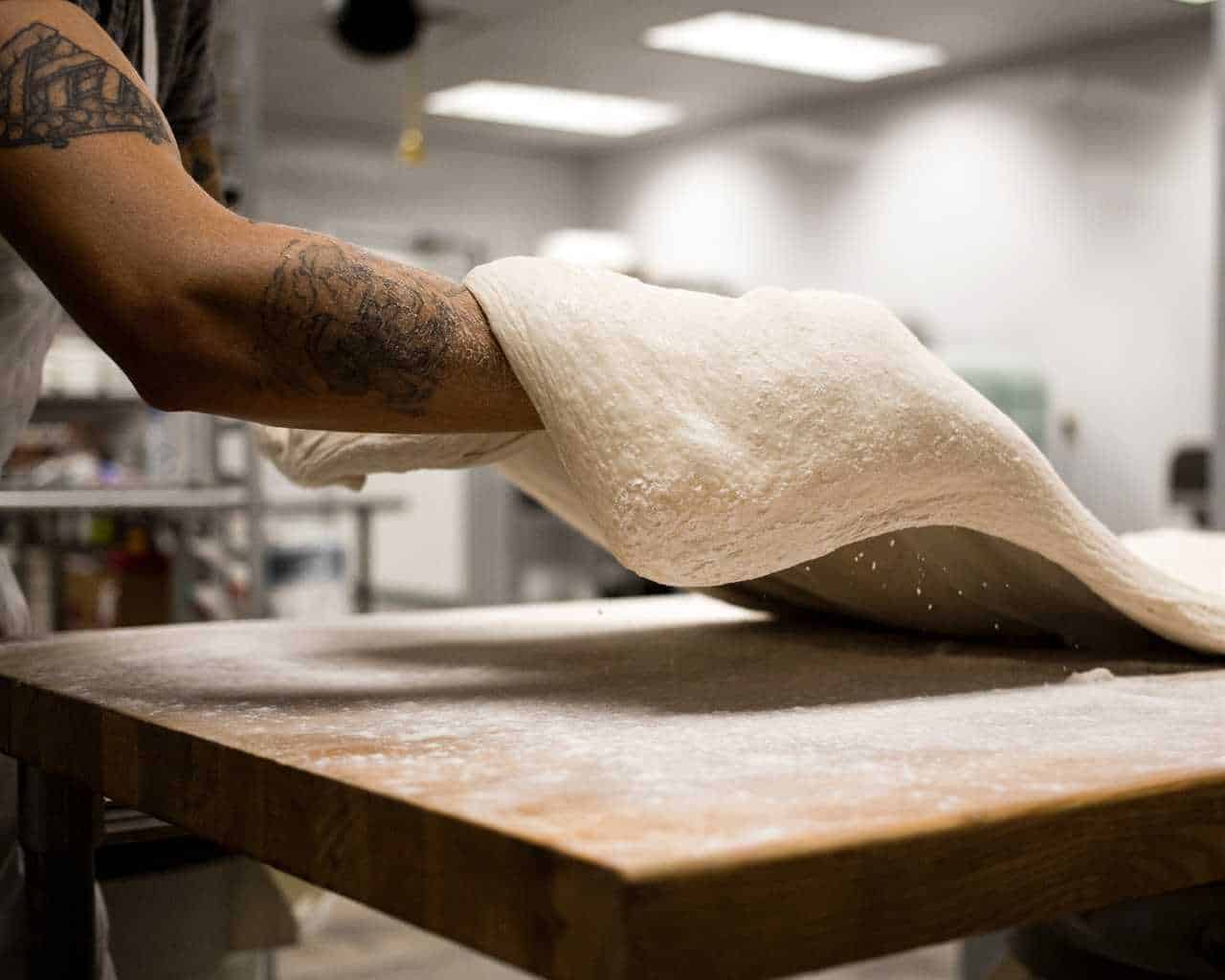
-
Tips for achieving a crispy yet soft crust:
-
Use a strong flour (12% protein or more) to make the dough.
-
Make the crust thin in the middle and thicker at the edges.
-
Cook the pizza in a wood-fired oven or a gas-fired Ooni pizza oven for an authentic taste and texture.
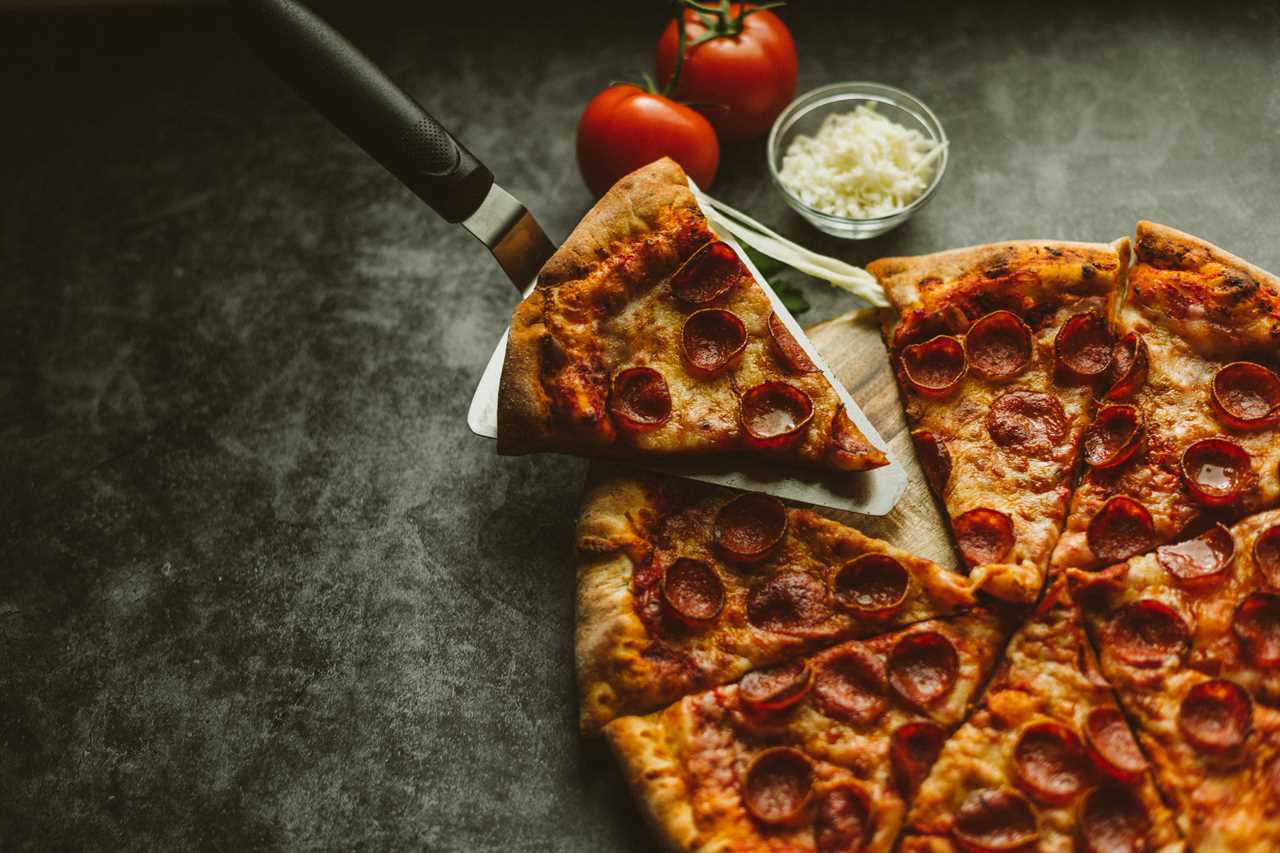
-
If using a fan-assisted oven, set it to maximum temperature and keep a close eye on the pizza to prevent burning.
-
Rest and shape the dough properly to ensure a light and airy crust.
-
Secrets to a flavorful tomato sauce:
-
Use San Marzano tomatoes for an authentic Italian taste.

-
Simmer the sauce with garlic, basil, and a pinch of salt to enhance the flavors.
-
Experiment with adding other herbs and spices like oregano, thyme, or red pepper flakes for a unique twist.
-
Consider using tomato passata instead of canned tomatoes for a smoother consistency.
-
Don’t forget to drizzle a bit of olive oil on top of the sauce for added richness.
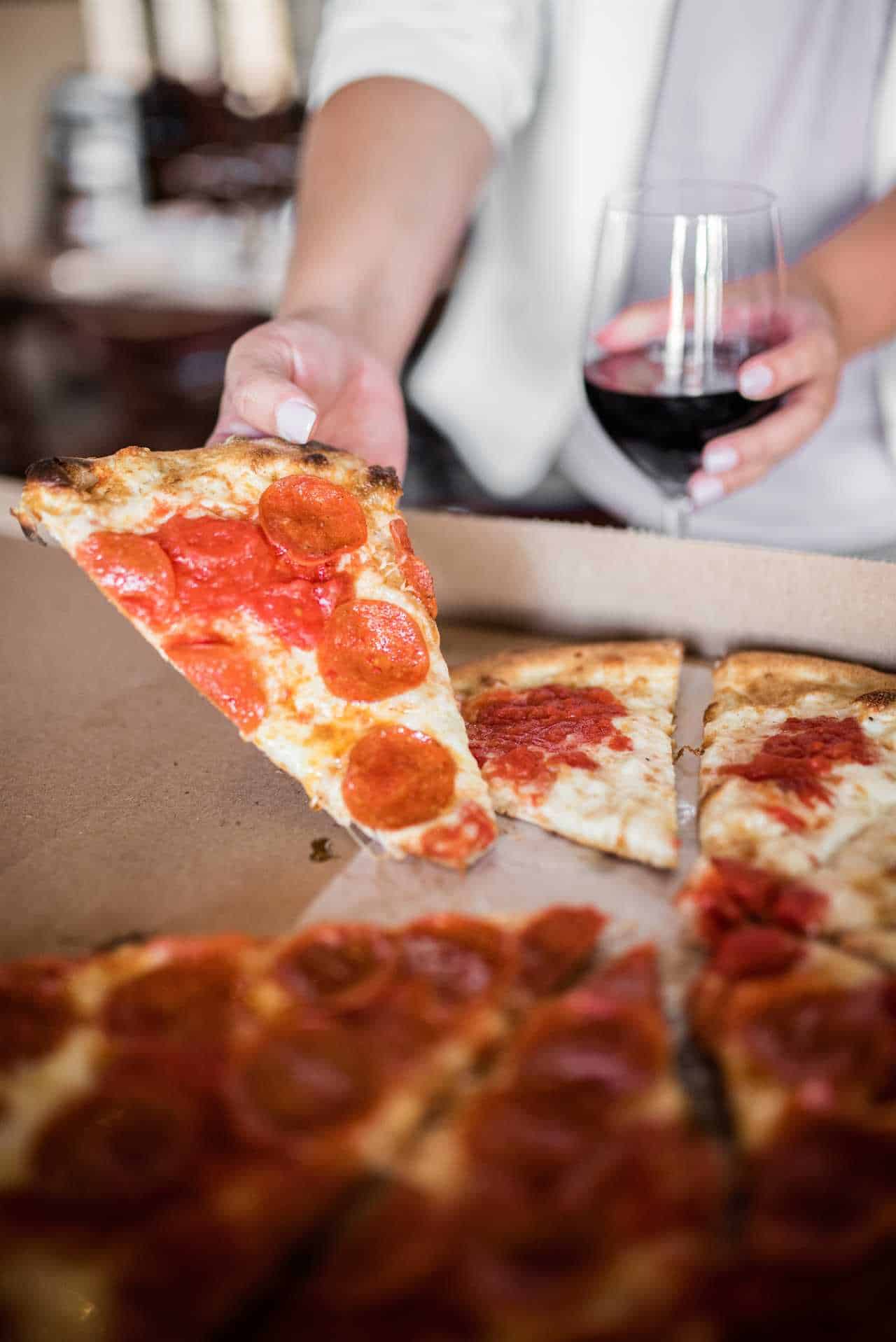
With these tips and secrets, pizza enthusiasts can elevate their pizza-making skills and create delicious authentic Italian thin crust pizzas at home.
Enjoy the freedom of experimenting with different toppings and flavors to make each pizza truly unique.

